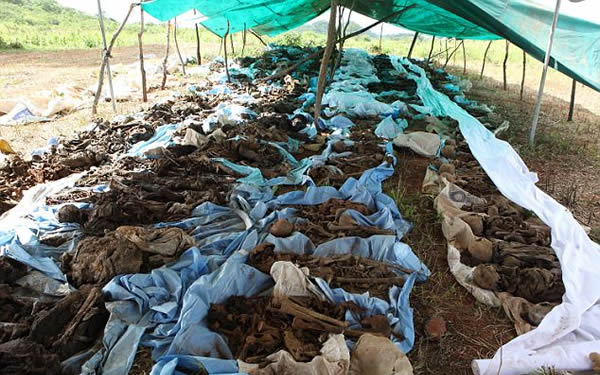“It’s still six days for the expiry date but we are removing the yoghurts from sale. It says so in the rules and regulations of this supermarket chain. We can’t predict what and how much the customers want to buy. When a consumer sees, that the expiry date is approaching, they don’t want to buy the product because they are afraid of having to throw it away. It is better that we throw away those products in forehand”
(English/French/German, subs in Finnish)
In meat, fish, dairy and egg-products the expiry dates are more important than for example in vegetables, fruits, packaged food and so on but people have been brainwashed to the ultimate consumerism that if a can of pea soup expired two days ago it’s not edible (even though you can still eat it after six months time…) According to some explanation, giving out food for charity is not an option because of the approaching expiry date, the condition of the food doesn't matter. In supermarkets, perfectly good food is thrown away every day in large quantities. In Wien, about 45kg worth of edible and healthy food is thrown away each day, in France one of the biggest supermarkets throw away 600 tons of food each year, in Finland the amount is 65 million kilos a year. Big food chains even have regulations about the appearance of the food; is the cucumber straight enough, is the tomato red enough, is the potato round enough, they select and pick out the “perfect” ones and discard the rest. They even have these amazing computer programs to do that… This starts already at the fields though; the farmers in US leave about 5-10% of the crop on the ground to rot. In potato fields, nearly half of the potatoes are discarded for being too small, too big, too weird looking or it has a hole in it. About 20 % of all bakery breads are thrown away after a day on the sale. The most important aspect of food nowadays is that it needs to look good and be trendy! No matter how it tastes like, how nutritious it is or how much of an impact it has on the environment… In Paris wholesale market, 8 800kg of oranges was thrown away for being a bit too ripe. What is the point of shipping 8 800 kg’s of oranges from an area they would all be eaten to the area where they all are thrown away? Why is the food taken away from the ones who produce it for food and taken all the way around the world to be looked at and thrown away? And in most cases, the waste is not sorted into biodegradable etc waste so the waste piles just keep growing and growing. “Variety”. “Consumerism”. “Stupidity” – three words to think about, hand in hand. People are cutting down trees to have more land to put their crops and for what? To sell them to be thrown away? The world doesn’t need more places to grow food, we have more than enough to feed the people around us, we are just making wrong decisions, supporting the wrong methods and being absolutely blind for what is going on at the food trade. And don’t even think about dumpster diving, at least here in Finland the dumpsters are locked away behind the fence so that no one can get the food that is meant to be eaten.






